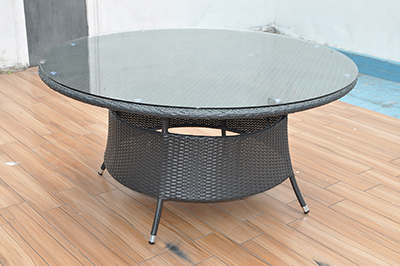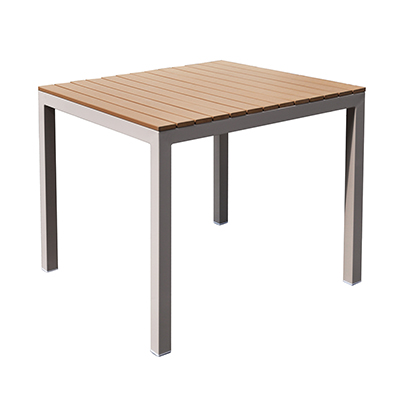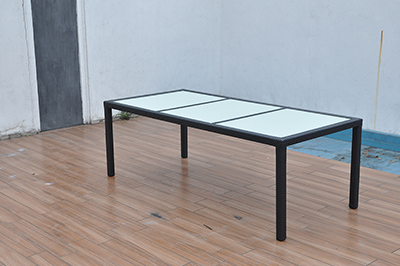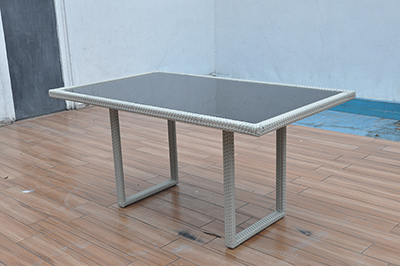"Hybrid" Technology for Offset and Digital Presses
As digital printing technology matures and costs continue to drop, many printers have begun to attempt to combine traditional offset printing presses with digital presses to complete production. The purpose is to provide profitable and unique value-added services. Combining static color offset printing with dynamic monochrome digital printing can benefit many applications such as daily transactional prints, newsletters, labels, plastic plates, retail flyers, direct mail letters, and human resources brochures.
However, combining an old technology with a new technology presents great technical challenges. In the process of combining offset printing with digital printing, printers have to consider: which are the best substrates, inks, and operating environments for a single technology. These two processes are only compatible with each other if the printing parameters are strictly controlled. Here are the determinants of how to successfully "mix" the two technologies:
The importance of ink
One of the most important considerations in the process of combining offset printing with digital printing is ink. Although the value of the ink itself and its impact on the profitability of a print job are relatively weak compared to paper, it is likely to be a neglected factor, but in the fusion of the two technologies, The characteristics of the ink will directly affect the quality of the product.
Ink is the cheapest material in the printing process, but it is very important. However, the inks used in offset printing cannot withstand the heat of digital printing. This is mainly because offset printing inks usually contain a large amount of wax and resin to improve the anti-friction ability. However, once a sheet of paper enters a digital printing press that employs electrophotographic technology, it must withstand a test temperature of 400 degrees Fahrenheit. Such a high temperature can fuse the toner on the printing material, but it also softens the quality of ordinary offset printing inks. Waxes and resins, which cause ghosting and blemishes on the back, reduce the yellow transparency. Metal and fluorescent inks often cause problems in digital printing. The main reason is that metallic ink flakes are easily deposited on the printer's hot melt roll.
To perfectly combine offset and digital printing, it is recommended to use an ink compatible with laser technology to withstand excessive temperatures. To determine the ink-compatible laser capabilities, the GATF Research Laboratory Service Center developed a "plugging" experiment that simulates the pressure and heat inside the digital press. The experimental procedure consisted of clamping two specimens with a clip and applying a high temperature of 400 degrees Fahrenheit and 25 lbs. pressure for 30 minutes. If the proofs are sticky, this ink cannot be used on a laser imaging printer. The only difference between the two types of printers is that the type of ink required is different: DI printers require water-free inks, and offset machines require inks compatible with laser technology.
Drying and curing
Laser compatible inks generally contain little or no wax or resin at all, so the ink has low anti-friction capability. Some treatments can be done for better post-printing, such as glazing or water-based coating of inks and toners. Experiments can be conducted to find the most appropriate method and recipe.
After offset printing using a laser technology-compatible ink, sufficient drying and curing time is required for the printed sheet to enter the digital printer, typically 24 to 72 hours. Printers must reduce the amount of dusting as much as possible because digital presses are extremely sensitive to this "contaminant."
Most equipment manufacturers want users to use digital presses in the production process first, and then complete color printing on traditional offset presses, so that the rollers can be kept clean. However, some prints require the overprinting of the black lettering in the colored area. Therefore, the offset ink must be thoroughly dried before the printed sheet enters the digital printer. Otherwise, backside smearing may occur.
In order to save production time, printers can use offset printing to print a large number of book covers, apply the coating and store them, and when necessary, the digital press can perform further processing. However, this method is only suitable for those who do not need to change the cover design. Doing so can result in wasted time, ink, and paper.
Speed ​​requirement
If you already have a stable offset press, but would like to provide customers with variable data printing services, what kind of digital presses will be selected to match the existing equipment? The answer is: Digital presses that can keep up with the speed of offset presses must not be at least as slow as offset presses, or they will lose profits. Especially for the connection of digital printing presses and offset presses, this criterion is more practical.
If you are only dealing with monochrome variable data information and you have an offset press, if you have a digital press with a sufficiently high speed, combining digital printing with offset printing is ideal. Xeikon's VaryPress presses are often connected to offset presses at speeds of 300 to 400 fpm. They are commonly used in the production of printed business forms and shipping labels. If the speed of the offset press had to be reduced by 2/3 in order to adapt to the speed of the digital press, it would be at the expense of lost productivity.
Patio dining table set creates an immensely striking, comfortable and durable place to relax and dine. The rattan weaving finish of the all-weather wicker is complemented by a hidden rust-resistant, powder-coated aluminum frame. A thick layer of tempered glass protects and reflects on the intricate weave below.
-Part of the Hyde Park Collection.
-Modern, clean lines and a fresh, squared shape
-Richly different color fibers
-Handwoven premium resin wicker
-Rust-resistant powder-coated frame
-If you want,can add umbrella hole with cap
Patio dining table set has many options. Round table, Square table and rectangle Patio Dining Set, You can be free collocation by yourself with armchair or armless chair.




About us:
1.our factory is more than 20000 square meter big.
2. Our showroom is about 800 square meters.
3. we have professional sale team and more than 200 workers.
4. The capacity of our factory is 60 containers/month.
5. we attended CIFF furniture fair and canton fair.
Welcome your further inquiry for further discussion, also welcome to visit our factory to talk face to face.
Dining Patio Table Set,Rattan Dining Table Set,Wicker Dining Table Set,Outdoor Dining Table Set
Golden Eagle Outdoor Furniture Co., LTD. , https://www.gerattan.com